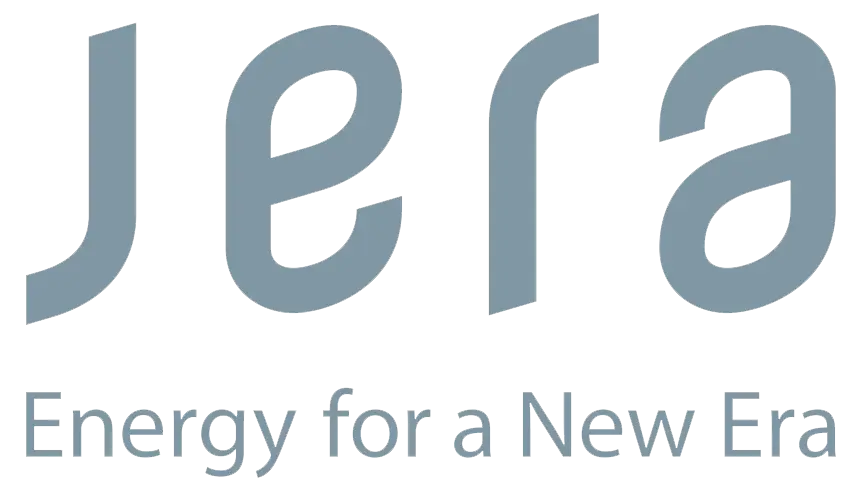Stationary Power
Stationary fuel cells generate electricity through an electrochemical reaction, not combustion, providing clean, efficient, and reliable off-grid power to homes, businesses, telecommunications networks, utilities, and others.
Stationary Fuel Cells
Many companies around the country are adopting fuel cells for primary and backup power including: Adobe, Apple, AT&T, CBS, Coca-Cola, Cox Communications, Delmarva Power, eBay, Google, Honda, Microsoft, Target and Walmart, among others. According to FCHEA’s tracking and surveys, as of January 2020 there are more than 550 megawatts (MW) of stationary fuel cells installed in the United States providing clean, reliable, distributed power to customers across the country.
Stationary fuel cells are quiet and have very low emissions, so they can be to be installed nearly anywhere. These systems provide power on-site directly to customers, without the efficiency losses of long-range grid transmission.
Stationary fuel cell systems also take up much less space in proportion to other clean energy technologies. For instance, a 10 MW fuel cell installation can be sited in a about an acre of land. This is compared to about 10 acres required per MW of solar power and about 50 acres per MW of wind.
Most stationary fuel cells connect directly to our nation’s natural gas infrastructure, generating resilient power to critical facilities, even when grid power is unavailable. Recently, when several major natural disasters battered the Northeast, fuel cells proved their reliability repeatedly in keeping the lights on for businesses, hospitals, grocery stores and schools, powering emergency shelters for damaged neighborhoods, and saving hundreds of thousands of dollars of potentially lost revenue. For additional information on how fuel cells are improving grid resiliency in the northeast, check out FCHEA’s white paper on our reports page here.
Fuel cells are highly efficient, typically reaching fuel to electricity efficiency of 60 percent, nearly double the efficiency of today’s electric grid. Fuel cells also generate heat which, if captured, can increase overall energy efficiency to more than 90 percent. The heat produced by fuel cells can generate additional electricity through a turbine, provide heating directly to nearby buildings or facilities, and even cooling with the addition of an absorption chiller.
Unlike combustion-based power generation, stationary fuel cells provide virtually emission-free power. Fuel cells do not produce particulate pollutants, unburned hydrocarbons, or the gases that produce acid rain. They emit less carbon dioxide than other, less efficient technologies, and when using fuel generated from renewable sources such as biomass, fuel cells are completely carbon neutral.
Because of these environmental benefits, fuel cells are being adopted by federal facility managers in order to reach mandatory air pollution goals. Utilities and companies also working to meet state renewable energy standards and emission requirements are also increasingly turning to fuel cell technologies.
Hydrogen Safety
Hydrogen systems are as safe, if not safer, than conventional fuel systems, including gasoline and natural gas. Hydrogen is ubiquitous in the universe. On Earth, hydrogen is a molecule consisting of two atoms and has a propensity to bond with other molecules.












